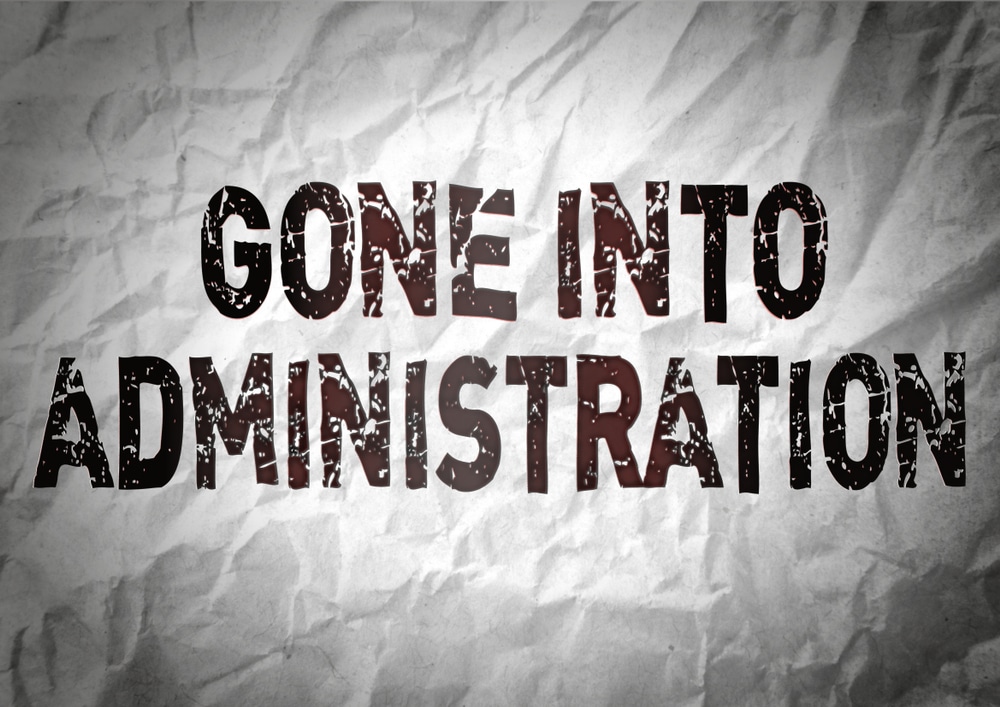In-Depth Overview to Company Administration: Implications When a Company Goes into Liquidation
Wiki Article
The Process and Repercussions of a Firm Entering Management
As a company encounters financial distress, the choice to enter management marks a crucial point that can have far-ranging effects for all entailed parties. The process of getting in management is complex, involving a collection of actions that aim to browse the business in the direction of potential healing or, sometimes, liquidation. Comprehending the roles and duties of a manager, the effect on numerous stakeholders, and the legal responsibilities that come into play is important in comprehending the gravity of this scenario. The consequences of such a relocation ripple beyond the business itself, forming its future trajectory and influencing the broader company landscape.Introduction of Firm Administration Process
In the world of corporate restructuring, an important initial step is getting a comprehensive understanding of the detailed company administration procedure. Company administration refers to the formal bankruptcy procedure that intends to rescue a financially distressed business or accomplish a much better outcome for the business's creditors than would be feasible in a liquidation circumstance. This process includes the appointment of an administrator, that takes control of the business from its directors to analyze the monetary situation and identify the very best course of activity.During administration, the company is granted defense from legal activity by its financial institutions, providing a postponement duration to formulate a restructuring plan. The manager collaborates with the firm's monitoring, creditors, and other stakeholders to devise an approach that may entail marketing business as a going worry, getting to a company voluntary arrangement (CVA) with financial institutions, or inevitably placing the business into liquidation if rescue attempts confirm useless. The main objective of business administration is to maximize the return to creditors while either returning the business to solvency or closing it down in an orderly manner.

Roles and Obligations of Manager
Playing an essential duty in overseeing the company's financial affairs and decision-making procedures, the manager assumes substantial duties throughout the corporate restructuring process. The key duty of the administrator is to act in the ideal passions of the business's creditors, aiming to achieve one of the most favorable outcome feasible - what happens when a company goes into administration. This includes conducting an extensive assessment of the company's economic circumstance, developing a restructuring plan, and applying techniques to make the most of go back to financial institutionsIn addition, the administrator is accountable for communicating with numerous stakeholders, including workers, vendors, and regulatory bodies, to guarantee transparency and conformity throughout the administration process. They need to likewise communicate properly with investors, supplying regular updates on the company's progression and seeking their input when needed.
In addition, the administrator plays an essential duty in taking care of the daily procedures of the company, making key decisions to maintain continuity and protect worth. This consists of reviewing the viability of various restructuring alternatives, discussing with lenders, and eventually leading the business in the direction of a successful exit from management.
Effect On Firm Stakeholders
Thinking a crucial placement in supervising the firm's economic events and decision-making procedures, the manager's actions during the corporate restructuring procedure have a straight influence on various business stakeholders. Consumers might experience interruptions in services or item schedule during the administration procedure, affecting their trust fund and loyalty in the direction of the business. Additionally, the neighborhood where the company runs could be influenced by possible work losses or modifications in the firm's procedures, affecting local economic situations.Lawful Ramifications and Commitments
During the procedure of firm management, mindful consideration of the legal implications and obligations is paramount to make sure conformity and protect the passions of all stakeholders involved. When a business enters administration, it causes a collection of lawful requirements that should be stuck to.Additionally, legal implications arise worrying the therapy of employees. The administrator has to follow employment legislations relating to redundancies, staff member civil liberties, and obligations to offer needed information to employee agents. Failing to follow these lawful needs can cause lawful activity versus the business or its managers.
Additionally, the company getting in administration might have legal commitments with various parties, consisting of property owners, consumers, and suppliers. In essence, understanding and satisfying lawful commitments are crucial elements of navigating a firm with the administration procedure. company administration uk.
Methods for Firm Recovery or Liquidation
In thinking about the future direction of a business in administration, calculated preparation for either healing or liquidation is necessary to chart a sensible course onward. When intending for business healing, key approaches may include conducting a thorough evaluation of business operations to recognize ineffectiveness, renegotiating leases or contracts to improve capital, and carrying out cost-cutting actions to boost productivity. Furthermore, looking for brand-new financial investment or funding alternatives, branching out income streams, and concentrating on core proficiencies can all add to an effective healing plan.
Conclusion
To conclude, the process of a firm entering management includes the consultation of an administrator, who tackles the duties of handling the company's events. This procedure can have significant repercussions for different stakeholders, including financial institutions, employees, what happens to employees when a company goes into liquidation and investors. It is essential for firms to very carefully consider their alternatives and techniques for either recouping from economic troubles or waging liquidation in order to minimize potential legal ramifications and commitments.Company administration refers to the formal insolvency procedure that aims to rescue an economically distressed firm or accomplish a far better result for the company's creditors than would be feasible in a liquidation circumstance. The administrator functions with the business's management, creditors, and various other stakeholders to design a method that may entail selling the organization as a going worry, reaching a firm volunteer plan (CVA) with financial institutions, or ultimately positioning the company right into liquidation if rescue attempts verify useless. The key goal of company administration is to make the most of the return to creditors while either returning the firm to solvency or shutting it down in an organized way.
Thinking a critical setting in managing the company's economic events and decision-making processes, the administrator's activities throughout the corporate restructuring procedure have a straight effect on numerous firm stakeholders.In final thought, the process of a business getting in administration includes the appointment of a manager, that takes on the obligations of taking care of the business's events.
Report this wiki page